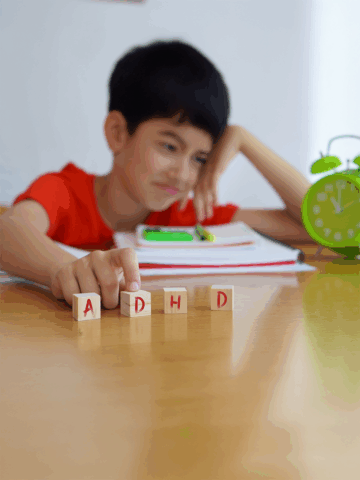By Dr. Sheila Modir, pediatric psychologist at CHOC
It’s difficult for adults to make sense of a tragedy, so consider how difficult it can be for children. To help parents support their children as they navigate trauma either in their own lives or process a tragic event they see on the news, consider the five E’s of helping a child navigate the emotional aftermath of a traumatic event:
Explore
Explore what your child already knows in a gentle and calm manner. You can start with a neutral question inquiring about how their school day was or if anything happened while they were at school.
Explain
Explain what has happened in a way that your child can understand based on his/her age.
This is the time to address any misinformation your child might have picked up at school and help them understand that a scary thing did happen, but also reassure their sense of safety as schools and adults work hard to keep their children safe on daily basis.
Limit information that you provide to your child to the questions that they ask you, so that you avoid overwhelming them with information that they may not already have been exposed to.
You can provide examples of ways you and others in your community keep your child safe every day (i.e., how when you drop them off at school in the morning and you look both ways before crossing the road, how doctors are working hard to help the children that have been hurt).
Express
Express to your child that feelings are normal and it is okay to feel sad, mad or angry when a tragic event occurs. Remember to reduce media exposure after a traumatic event, as repeated exposure to the event has been associated with psychological distress and intensifying already heightened emotions.
Emotionally model
Emotionally model for your child healthy expression of feelings as children take their cues from their parents. Describe how you cope with your distressing emotions to your child (i.e., When I feel scared when something bad happens to me, I talk about it with someone who makes me feel safe or I take three deep breaths).
Ensure
Ensure stability by continuing to adhere to your child’s daily routine. This will provide them with a sense of reassurance and safety during a chaotic time. Engaging in a daily routine is not meant to ignore what has happened, but rather to continue to provide the child with structure, stability and predictability.
If you are struggling to help your child process a traumatic event, or if you feel your child could benefit from additional support, ask your pediatrician for a referral to a pediatric psychologist or psychiatrist.
Resources
Below are a few additional resources on coping with trauma that I often share with my patients and their families:
- Helping Children Survive the Aftermath– Florida International University
- Understand PTSD – U.S. Department of Veterans Affairs
- Responding to a School Crisis– The National Child Traumatic Stress Network
- Resources for Parents and Caregivers– The National Child Traumatic Stress Network
- Helping Traumatized Children: A Brief Overview for Caregivers – Child Trauma Academy
Get more expert health advice delivered to your inbox monthly by subscribing to the KidsHealth newsletter here.
Get mental health resources from CHOC pediatric experts
The mental health team at CHOC curated the following resources on mental health topics common to kids and teens, such as depression, anxiety, suicide prevention and more.





